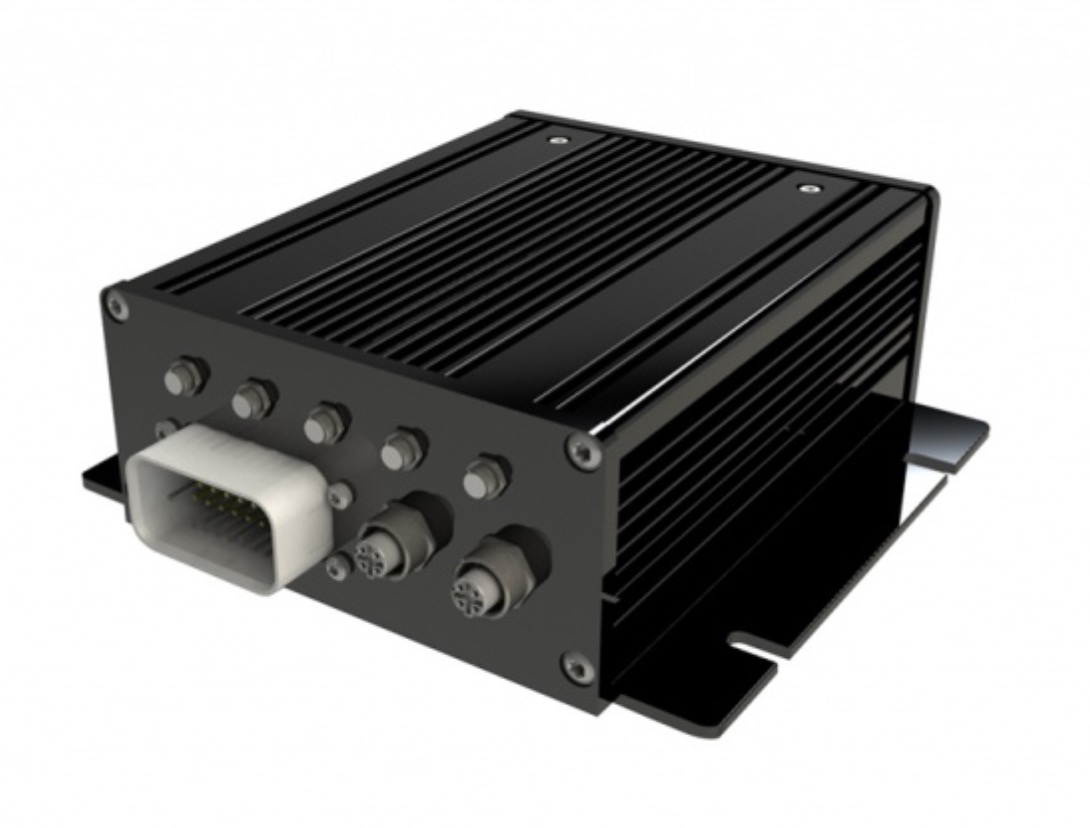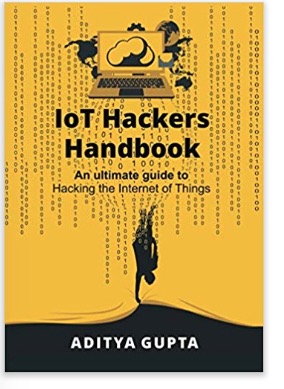Recent Posts
Automotive Multi-service IoT Edge Gateway With Two CAN Bus Ports And LTE Connectivity
Posted by on

Eurotech announced the release of their DynaGATE 10-06, a Multi-service IoT Edge Gateway that has been designed to deliver LTE connectivity with 2/3G fallback for automotive and lightly rugged applications.
Based on the NXP i.MX 6UltraLite Cortex-A7 processor family with 512MB of RAM, 4GB of eMMC and a user-accessible microSD slot, the DynaGATE 10-06 is a low power gateway suitable for demanding use cases.
It supports a 6 to 36 VDC power supply with overvoltage protection and vehicle ignition sense, three protected RS-232/RS-485 serial ports, two CAN bus interfaces, one noise and surge protected USB ports, and two protected digital interfaces.
The DynaGATE 10-06 features a wide range of connectivity capabilities. It integrates an internal LTE Cat 1 cellular modem with dual Micro-SIM support, Wi-Fi, Bluetooth Low Energy, a dedicated GPS with Dead Reckoning and two Fast Ethernet ports.
Features
- Automotive Grade - E-Mark and SAE/J1455 certifications, GPS with Dead Reckoning, 6-32 VDC power supply with ignition sense, surge, noise, reverse polarity, overvoltage and short protection
- Internal LTE Cat 1 (NA, EU, JP) - Carrier certified LTE Cat 1 cellular modem with European, North American and Japanese variants, ready for immediate deployment
- Rugged - IP67 ingress protection with rugged connectors, wide operating temperature range and a sturdy metal enclosure
- Internal UPS - Includes a rechargeable internal 2000mA/h UPS to provide up to 5 minutes of operation and safe shutdown
- ARM Powered - Powered by NXP i.MX 6UltraLite CPU to deliver performance and power efficiency
- Open Platform - Featuring Everyware Software Framework (ESF), the IoT Java/OSGi based-middleware for IoT Edge Gateways that accelerates gateway development and enables remote management
- Customizable - Personalization and full customization options are available, ranging from branding (“skins” and color) to deep HW/SW configurations
 2017 has seen IoT devices being hacked like never before. We have seen attacks such as the Mirai Botnet, vulnerabilities in popular cars, hacking of IoT rifles, attackers taking advantage of smart toys and the list goes on.
2017 has seen IoT devices being hacked like never before. We have seen attacks such as the Mirai Botnet, vulnerabilities in popular cars, hacking of IoT rifles, attackers taking advantage of smart toys and the list goes on.
Everything is getting connected like never-before, yet, security is one of the last thoughts during the product launch stage for most of the manufacturers.
This book can be treated as a technical journey into mistakes which manufacturers make while building IoT devices, or the so-called “smart things”.
The IoT Hackers Handbook is written in a beginner-friendly way covering everything from the extreme basics and then using exercises and labs to have the readers learn-by-doing.
Some of the contents that are covered in the book include:
- Embedded Device Exploitation
- Firmware Exploitation and Emulation
- Hardware communication protocols – UART, SPI etc.
- JTAG debugging and exploitation
- Software Defined Radio, ZigBee and BLE Exploitation
After reading the book, you will be able to understand the various security vulnerabilities crippling the Internet of Things devices, and how you can play a major role in identifying these security issues, thus making the IoT ecosystem safer.
 Loading... Please wait...
Loading... Please wait...
